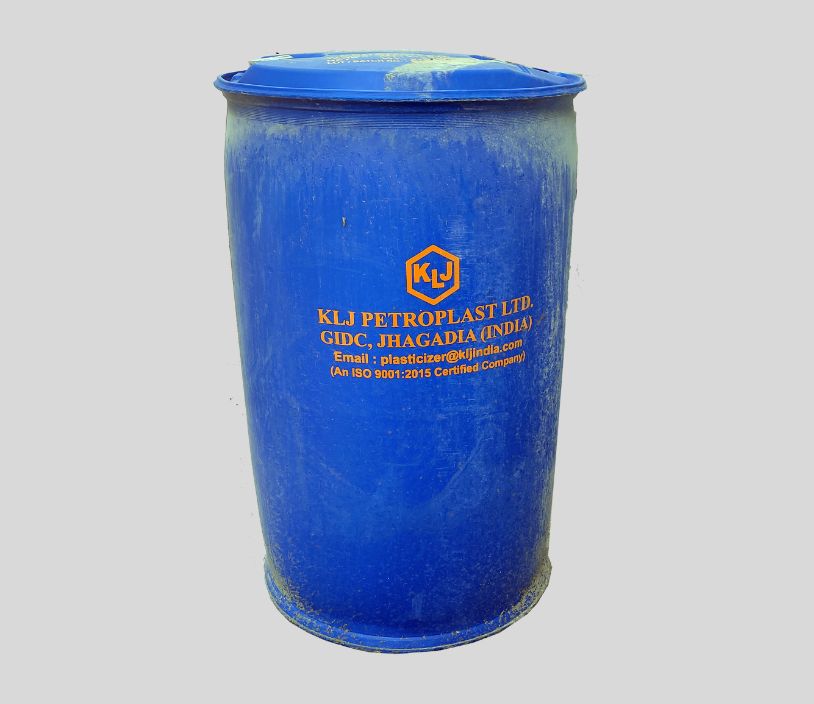
DOP (Dioctyl Phthalate)
High-performance plasticizer for flexible PVC products like films and cables.
Specifications of DOP (Dioctyl Phthalate)
- 1. Chemical Composition: DOP is an ester of phthalic acid and 2-ethylhexanol. Its molecular formula is C24H38O4, and it has a molecular weight of approximately 390.57 g/mol.
- 2. Physical Properties:
- 3. Purity: Commercial grades of DOP typically have a purity level exceeding 99%, with minimal levels of impurities such as other phthalates.
- 4. Regulatory Compliance: DOP must comply with various regulatory standards depending on its application, including REACH (Registration, Evaluation, Authorisation and Restriction of Chemicals) in Europe and EPA regulations in the United States.
Dioctyl phthalate (DOP), also known as bis(2-ethylhexyl) phthalate (DEHP), is a widely used plasticizer in the production of flexible polyvinyl chloride (PVC) products. The specifications for DOP typically include:
Appearance: Colorless to yellowish oily liquid
Density: Approximately 0.986 g/cm³ at 20°C
Boiling Point: About 386°C
Melting Point: Approximately -50°C
Viscosity: Around 60 mPa•s at 25°C
Applications of DOP
- 1. Construction Materials: Used in the manufacture of flooring tiles, wall coverings, and roofing membranes where flexibility and durability are essential.
- 2. Automotive Industry: Utilized in interior components such as dashboards, door panels, and seat covers that require flexibility and resistance to environmental factors.
- 3. Electrical Cables: Employed in insulation materials for electrical cables to improve flexibility and performance under varying temperature conditions.
- 4. Consumer Products: Found in toys, medical devices, and household items where soft touch and pliability are desired characteristics.
- 5. Coatings and Adhesives: Used to enhance the properties of paints, coatings, sealants, and adhesives by improving their flexibility and adhesion characteristics.
DOP is primarily used as a plasticizer in various applications due to its ability to enhance flexibility, durability, and processability of PVC products. Key applications include:
Safety Data Sheets (SDS) for DOP
- 1. Hazard Identification:
- 2. First-Aid Measures: o Inhalation: Move affected person to fresh air; seek medical attention if symptoms persist.
- 3. Handling & Storage:
- 4. Exposure Controls/Personal Protection:
- 5. Disposal Considerations:
Safety Data Sheets provide critical information regarding the handling, storage, hazards, first-aid measures, exposure controls, personal protective equipment (PPE), and environmental considerations related to DOP:
Health Hazards: Potential effects include skin irritation upon contact; prolonged exposure may lead to reproductive toxicity.
Environmental Hazards: Toxic to aquatic life; care should be taken to prevent release into water bodies.
Skin Contact: Wash with soap and water; remove contaminated clothing.
Eye Contact: Rinse cautiously with water for several minutes; seek medical attention if irritation persists.
Store in a cool, well-ventilated area away from incompatible materials such as strong oxidizers.
Use appropriate PPE when handling DOP to minimize exposure risks.
Ensure adequate ventilation in work areas. o Use gloves resistant to chemicals when handling DOP.
Safety goggles should be worn if there is a risk of splashing.
Dispose of waste material according to local regulations; do not release into the environment without proper treatment.
In summary, RV Prime Plast’s dealings with DOP involve understanding its specifications for quality assurance during production processes while ensuring compliance with safety protocols
Request A Call Back
For more information regarding our products and services, fill up the form our concern person will get back to you.



